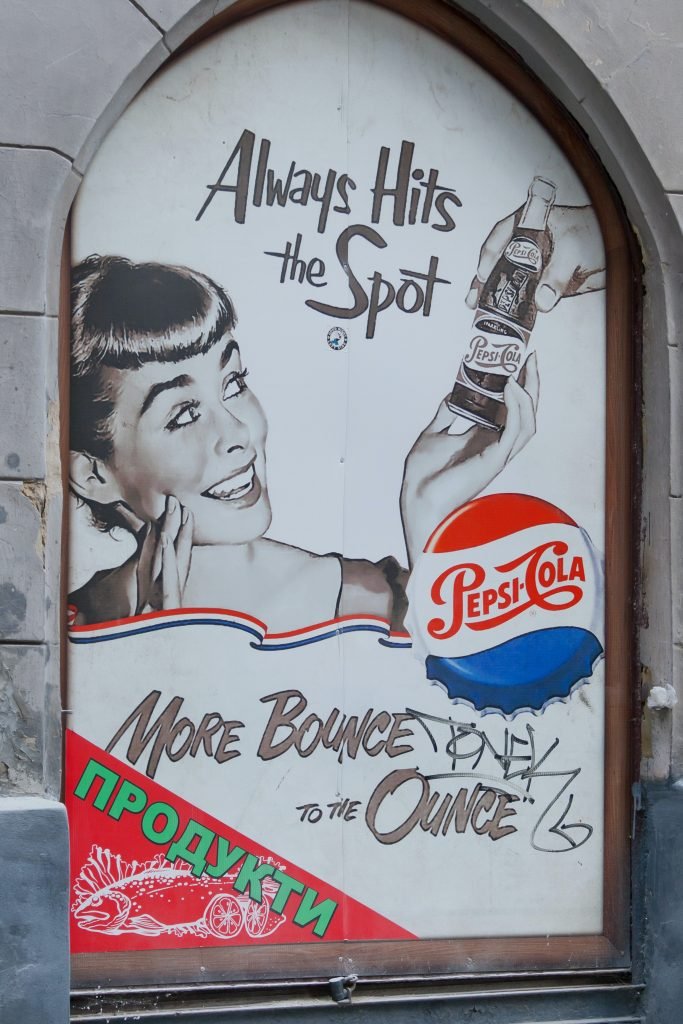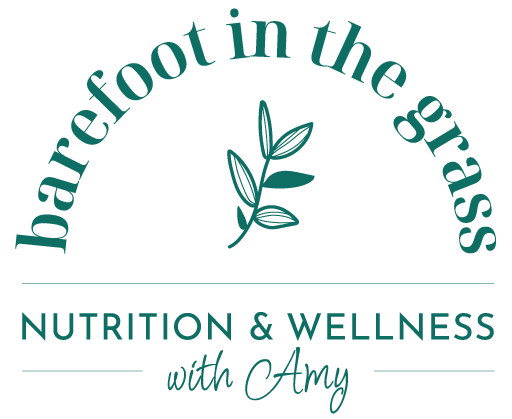Sometimes we forget why and how we’ve gotten to where we’re at today with our food and eating habits. Going way back into the past can provide a lot of insights into what we need to do to make the healthy changes we need to going forward! Join forces with thousands of others who are embracing a new ‘back to the farm’ revolution!
The Agricultural Revolution
Let’s start way back at ground zero. From ancient times, societies gathered around two types of survival. Some groups were nomads surviving off of hunting and foraging. Other groups began to gather around agricultural centers such as the Mesopotamian region in the Fertile Crescent. The agricultural model had numerous unforeseen consequences. Instead of revitalizing the land through plant diversity and animal fertilization, they stripped the land and simply moved on to new land! Agricultural societies experienced habitat loss and soil degradation due to an overuse of the land.

This revolution continues to evolve to this day where our modern society has worked to exponentially increase the output of a single piece of land. Unfortunately, this has been to the detriment of both soil health, the environment, and the related nutrition deficiencies we see in our food today.
To further contrast these groups, ancient records reveal that hunter-gatherer societies enjoyed higher levels of nutrients and stronger bones than their agricultural counterparts. This is due to higher levels of fat-soluble vitamins in animal foods.
Sweet White Poison of the 1600s
Sugar cane had been cultivated in India and its unrefined juices enjoyed for centuries. However, around the 1600s, people figured out how to refine the sweet cane juice into white sugar and it gradually became available to the everyday person. Before the 1600s, the average person consumed a measly one to two pounds of sugar per year! Only royalty enjoyed this delectable toxin. After the 1600s, sugar consumption increased to an average of one hundred fifty pounds per person per year!

Image by Steve Buissinne from Pixabay
In his book ‘The Sugar Blues,’ William Duffy offers an incredible historical journey tracing the historical Plagues and diseases from the 1600s and onward to this increase in refined sugar consumption. Although doctors of the time noted that there was an association between the new diseases and sugar consumption, this association was cleverly hidden by aristocracies and royal societies of the day, as it was an extremely lucrative new industry.
The Industrial Revolution
As we move toward the late 1800s and 1900s, people began to move to cities where they could find work in factories. They moved away from small farms where they could raise their own food and started purchasing pre-made foods. These foods had to last for long transport periods. Preservatives and chemicals were discovered that allowed this food to travel further and last longer.

Photo by Jim Witkowski on Unsplash
While it was seen as an improvement, these preservatives and chemicals were not so benign. People were taking shortcuts to food preservation and didn’t realize the long-term health consequences these short-cuts would have on peoples’ health. For example, they pasteurized and added chalk to thin, watery milk to cover up for sickly cows crammed into city swill dairies.
The Rise of Big Food
In the early 1900s, new-fangled, neatly packaged chemicalized foods were popularized by companies like Coca-Cola, Nestle, Kellog, and Post. These foods were overly processed and made use of increasing amounts of refined sugar, refined flour, and even new types of fats such as vegetable oils. Big food corporations stealthily made people believe these highly processed foods were healthy for them.

Image by Igor Ovsyannykov from Pixabay
Proudly promoted by models and sports heroes on slick marketing materials, these new foods seemed so convenient, healthful, and trendy! These companies worked hard to find just the right combinations of processed fats, salts, and sugars to get consumers hooked on these modified novel foods.

The Chemical Revolution
World War Two brought on another layer of toxic hazards to our world. Chemicals created out of necessity in the war for bombs and nerve gas were transformed into chemical pesticides and fertilizers – the perfect addition to make crops grow faster and with fewer pest issues. Who was to complain about more food with less effort?

Yet, at what cost? At the same time, further chemicals were discovered to create non-perishable food items such as the everyday kiddie cracker and juice pouch! These destructive chemicals quietly invaded our food supply system from farm to fork. Current studies show these pesticides do indeed end up in our bodies.
The Digital Revolution
The most recent era of technology and digital devices adds a final layer of complexity and potential health hazards to a world already saturated with dangerous but lovely-looking foods. Depending on computers to do our work, we sit for long hours without getting the movement our bodies need and locking our bodies into unhealthy postures for hours at a time.

Photo by Steinar Engeland on Unsplash
Another often overlooked hazard is electromagnetic radiation. Just as the association between sugar and diseases was concealed by profit-driven societies of a bygone era, tech companies work hard to create uncertainty around independent studies demonstrating the connection between cell towers, wifi, 5G, and our ill health. Nevertheless, these connections have been well established by reputable, independent researchers.

Photo by Jackson David on Unsplash
Going Back to the Farm – A Regenerative Revolution
These six major historical milestones impacted our food chain in so many destructive ways. We need to get back to the farm and garden and get rid of middlemen that over process and chemicalize our food wreaking havoc on our health creating the mess of debilitating and widespread health problems we’re seeing today. This new grassroots revolution resists modern, devitalized foods, refuses to line pockets of corporations and embraces regenerative farming practices that are more lucrative and give back to the land more than it takes away.

Sometimes we forget why and how we’ve gotten to where we’re at today with our food and eating habits. Going way back into the past can provide a lot of insights into what we need to make the healthy changes we need to going forward!



